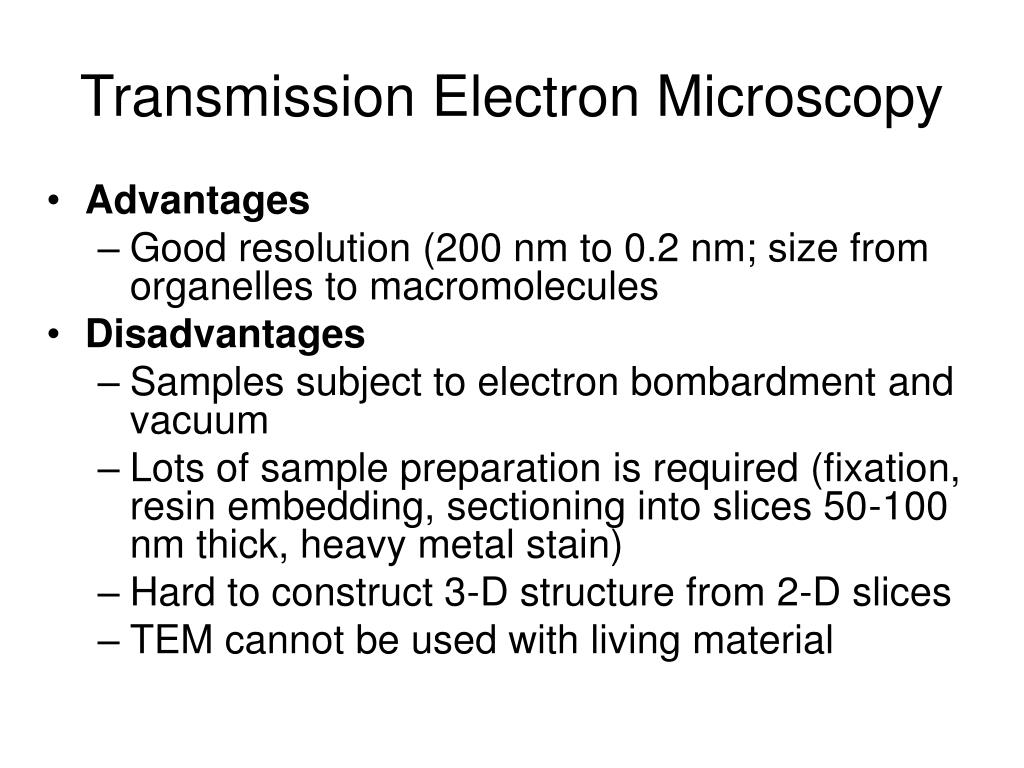

Moreover, Reinhold Rudenberg, the scientific director of Siemens-Schuckertwerke, obtained the patent for the electron microscope in May 1931. Two years later, in 1933, Ruska built an electron microscope that exceeded the resolution attainable with an optical (light) microscope. German physicist Ernst Ruska and the electrical engineer Max Knoll constructed the prototype electron microscope in 1931, capable of four-hundred-power magnification the apparatus was the first demonstration of the principles of electron microscopy. Īccording to Dennis Gabor, the physicist Leó Szilárd tried in 1928 to convince Busch to build an electron microscope, for which he had filed a patent. Modern electron microscopes produce electron micrographs using specialized digital cameras and frame grabbers to capture the image.ĭiagram illustrating the phenomena resulting of the interaction of highly energetic electrons with matter.įile:RCA Model EMT3 desktop electron microscope 2003 033 006.tf.TIF The first electromagnetic lens was developed in 1926 by Hans Busch. Industrially, the electron microscope is often used for quality control and failure analysis. These electron optical lenses are analogous to the glass lenses of an optical light microscope.Įlectron microscopes are used to investigate the ultrastructure of a wide range of biological and inorganic specimens including microorganisms, cells, large molecules, biopsy samples, metals, and crystals. The transmission electron microscope uses electrostatic and electromagnetic lenses to control the electron beam and focus it to form an image. A transmission electron microscope can achieve better than 50 pm resolution and magnifications of up to about 10,000,000x whereas most light microscopes are limited by diffraction to about 200 nm resolution and useful magnifications below 2000x. Because the wavelength of an electron can be up to 100,000 times shorter than that of visible light photons, the electron microscope has a higher resolving power than a light microscope and can reveal the structure of smaller objects. Bottom parts with high aspect ratios and slopes with large angles cannot be measured or observed because they do not reflect the laser beam.A 1973 Siemens electron microscope, Musée des Arts et Métiers, ParisĪn electron microscope is a microscope that uses a beam of accelerated electrons as a source of illumination. While the 3D laser scanning microscope is better than a scanning electron microscope or an atomic force microscope in terms of operability, it is inferior in observation magnification and measurement resolution. A 3D laser scanning microscope can also be used for measuring the thickness of films, as well as for observing the surface, inside, and backside of a translucent object. Observations can be done in color, which helps accurate analysis of the conditions of the target object. In addition, the 3D laser scanning microscope features user-friendly operability similar to that of an optical microscope samples do not need pretreatment before measurement. It has no restrictions on the size or material of a sample and allows for observations under normal environmental conditions.

#Disadvantages of electron microscope color iso


 0 kommentar(er)
0 kommentar(er)
